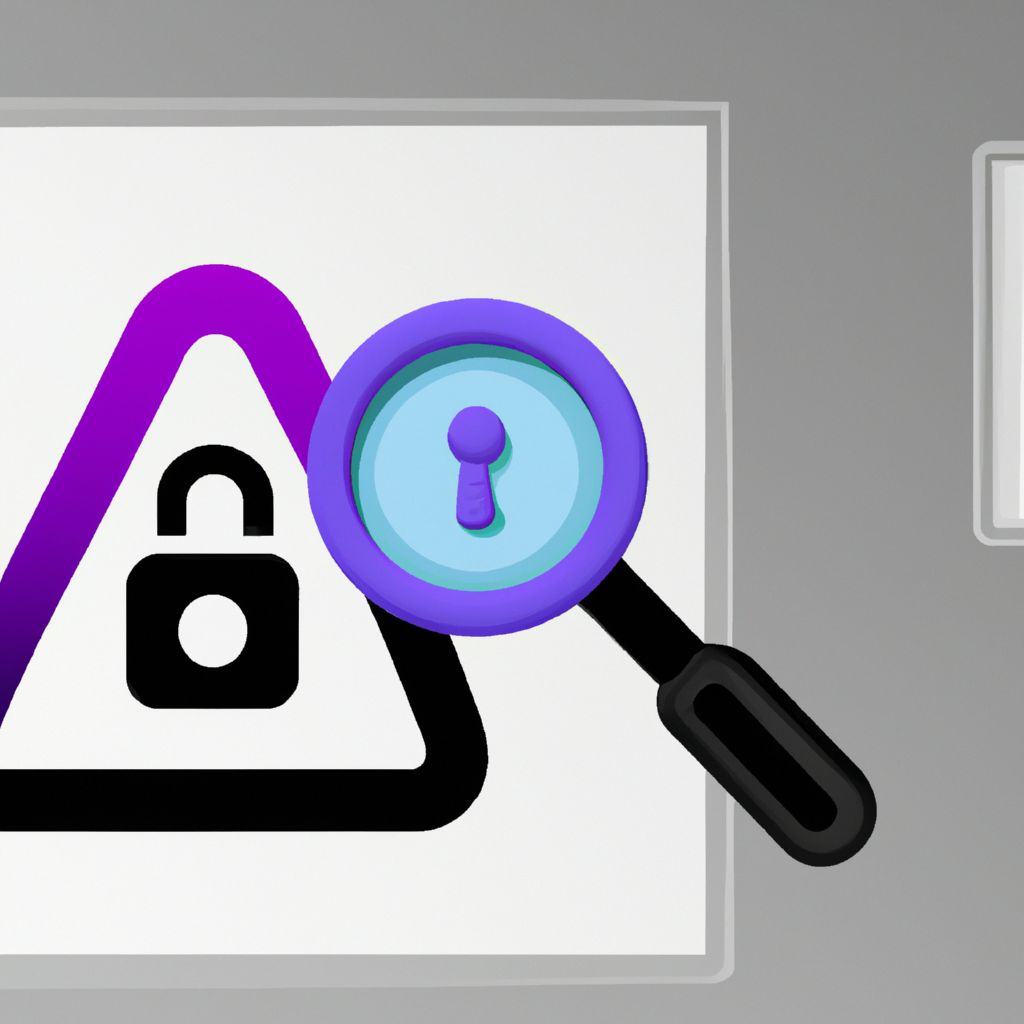What is Physical Penetration Testing?
While digital security often dominates headlines, the physical security of an organization's premises remains a critical foundation. Physical penetration testing involves simulating attempts to bypass physical security controls and gain unauthorized access to buildings, sensitive areas, data centers, or specific assets. Unlike digital pentesting, which focuses on networks and applications, a "physical pen test" assesses the effectiveness of locks, doors, gates, surveillance systems, security personnel, and employee awareness.
The goal is to identify vulnerabilities in the physical environment that could allow an attacker to:
- Gain unauthorized entry into restricted areas.
- Access sensitive information (documents, hardware).
- Install malicious hardware (e.g., keyloggers, network taps).
- Disrupt operations.
- Gather intelligence for subsequent digital attacks.
Why is Physical Security Testing Important?
A breach of physical security can be just as, if not more, damaging than a digital one. It can lead to:
- Theft: Loss of valuable equipment, prototypes, or intellectual property.
- Data Exposure: Unauthorized access to physical documents, unlocked computers, or network ports.
- Sabotage: Intentional damage to equipment or infrastructure.
- Espionage: Planting surveillance devices or gaining access to confidential information.
- Foundation for Digital Attacks: Gaining physical access often provides an easier path to compromising the internal network.
Physical penetration testing helps organizations understand their real-world vulnerabilities and the effectiveness of their layered security controls – from the perimeter fence to the server room door.
Common Techniques Used in Physical Pentesting
Physical pentesters employ a variety of techniques, often combining technical skills with social engineering:
Social Engineering: This is arguably the most common and effective technique. It involves manipulating people into divulging information or performing actions they shouldn't. Examples include:
- Tailgating/Piggybacking: Following an authorized person through a secured door.
- Impersonation: Posing as a delivery person, technician, new employee, or auditor to gain trust and access.
- Phishing/Vishing (Physical Context): Calling or emailing employees to trick them into granting access or revealing information useful for physical entry.
- Baiting: Leaving infected USB drives or seemingly legitimate documents in common areas, hoping someone will pick them up and compromise a system or reveal information.
Bypassing Physical Barriers:
- Lock Picking/Bypassing: Exploiting weaknesses in mechanical or electronic locks.
- Door Manipulation: Using tools or techniques to bypass door sensors or force entry.
- Climbing/Circumventing Fences: Identifying weaknesses in perimeter security.
- Access Card Cloning: Copying RFID or magnetic stripe data from access cards.
Exploiting Procedural Weaknesses:
- Dumpster Diving: Searching through trash for sensitive documents, access codes, or discarded hardware.
- Observing Security Patrols: Identifying patterns and blind spots in guard routes or surveillance coverage.
- Testing Visitor Management: Assessing the process for checking in guests and issuing temporary access.
Technical Exploits (Physical Context):
- Network Port Access: Plugging directly into exposed network jacks in common areas or unsecured offices.
- Planting Devices: Surreptitiously installing rogue access points, keyloggers, or listening devices.
The Physical Pentesting Process
Similar to digital tests, physical pentests follow a structured approach:
- Scoping and Authorization: Clearly defining the target locations, objectives, allowed techniques (e.g., is destructive entry permitted?), rules of engagement, and obtaining explicit written authorization. This is crucial to avoid legal issues.
- Open Source Intelligence (OSINT): Gathering publicly available information about the target location, employees, security measures, and building layouts.
- On-Site Reconnaissance: Observing the target location discreetly to understand entry/exit points, security routines, employee habits, and potential weaknesses.
- Infiltration Attempts: Executing the planned techniques (social engineering, lock bypassing, etc.) to gain access.
- Objective Execution: Once inside, attempting to reach specific target areas or assets as defined in the scope (e.g., server room, executive offices).
- Exfiltration and Evidence Gathering: Documenting the access gained, vulnerabilities exploited, and collecting proof (photos, copied data snippets – within legal/ethical bounds).
- Reporting: Providing a detailed report outlining the methodology, findings, evidence, risk assessment, and actionable recommendations for improving physical security controls and employee awareness training.
Conclusion
Physical penetration testing is a vital, often overlooked, aspect of comprehensive security. It moves beyond digital defenses to test the tangible barriers and human factors that protect an organization's most critical assets. By simulating real-world physical intrusion attempts, businesses can uncover hidden weaknesses, validate existing controls, improve employee security awareness, and ultimately create a more resilient security posture against both physical and digital threats.
Disclaimer: This post represents the view of the individual author that wrote it and not necessarily the view of Rarefied Inc.
Looking for professional security testing?
Based on your interest in this topic, you might benefit from our specialized security services:
